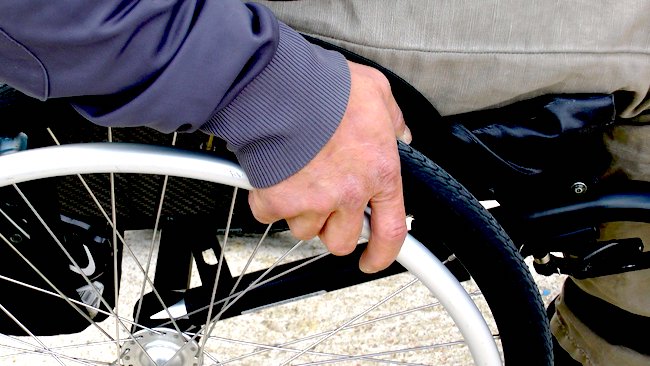Rav Shlomo Zalman Auerbach was once asked how a person confined to a wheelchair should act in regards to the three steps back. He prefaced his answer commenting that the three steps backward are an integral part of one’s prayer. Whatever circumstances a person finds himself in, he should make every effort to do them properly.
The halachic literature discusses a case of a person who is riding on a horse and cannot dismount to recite Shemoneh Esrei. He is permitted to say Shemoneh Esrei on his horse, and should fulfill the mitzva of taking three steps backward by moving the animal backward (Rema 94,5). In modern-day terms, if a person pulls to the side of the highway to recite Mincha and because of his circumstances must daven in his car, he should reverse the car backwards a distance of three steps after completing his Shemoneh Esrei.
Therefore, ruled Rav Auerbach, if possible the person in the wheelchair should try to move the chair backward the distance of three steps. If he is unable to accomplish this himself, he should ask someone else to move him. In this way, he will properly fulfill the mitzva (as cited in Nishmas Avraham 1: 123,2).
Some authorities rule that when traveling on a plane, bus or subway it is preferable to pray in one’s seat. This situation makes taking three steps backward difficult, for unlike riding on a horse or sitting in a wheelchair, the chair is fixed in place and cannot be moved backward. Nonetheless, if a person is able to stand up to take these steps back at the end of his Shemoneh Esrei, he should do so (Igros Moshe Orach Chaim 4,20).
Text Copyright © 2010 by Rabbi Daniel Travis and Torah.org


